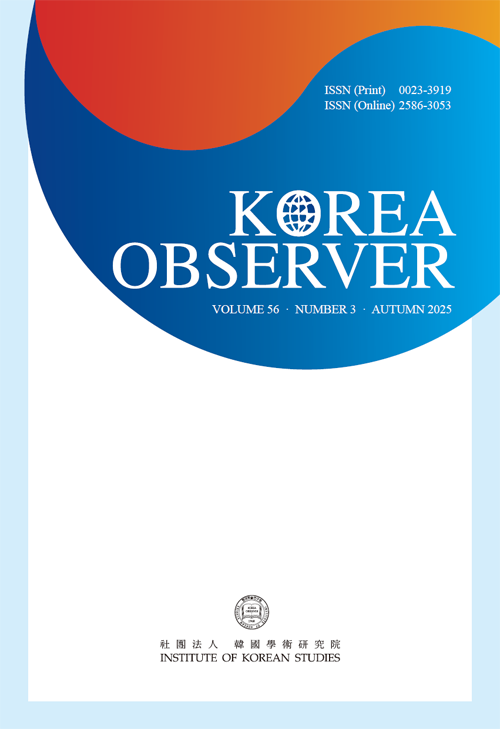Social Values, Market Forces, and Government Intervention: Institutional Models and Policy Preferences in Cultural Policy Transformation of China and South Korea
- 한국학술연구원
- Korea Observer
- Vol 56, No 3
-
2025.09407 - 442 (36 pages)
-
DOI : 10.29152/KOIKS.2025.56.3.407
- 6

The evolving trends in the film and television industries across East Asia have inspired this exploration of the unique popular cultural policy models of China and South Korea, as well as the key factors that influence and shape them. This research uses the theory of social embeddedness to offer a comparative analysis of the most representative popular cultural policies in both countries over the past two decades. The analysis found: (1) while Chinese and South Korean popular cultural policy models exhibit developmental characteristics, inherent differences exist due to the varying degree of government interventions; (2) the different cultural policy practices are influenced by institutional models rooted in social environments and policy preferences based on social needs; (3) the Chinese popular cultural policy can be summarized as a top-down regulation model, while the South Korean one is represented by a coordinated model of cooperation between top and bottom. Through comparative case analysis, this research reveals varying government interventions and dynamic shifts in social values and market forces that have influenced the development of popular culture in these countries. It provides valuable insights into the ongoing East Asian cultural policy study and proposes a novel analytical framework for distinguishing cultural policy models and underlying factors.
Ⅰ. Introduction
Ⅱ. State Meets Market: Contexts and Dynamics in Cultural Policy
Ⅲ. Social Embeddedness and Differentiated Developmental Strategies in Cultural Policy
Ⅳ. Navigating Cultural Policy Trajectories: Path Dependence and Dynamic Evolution
Ⅴ. Conclusion
References
(0)
(0)